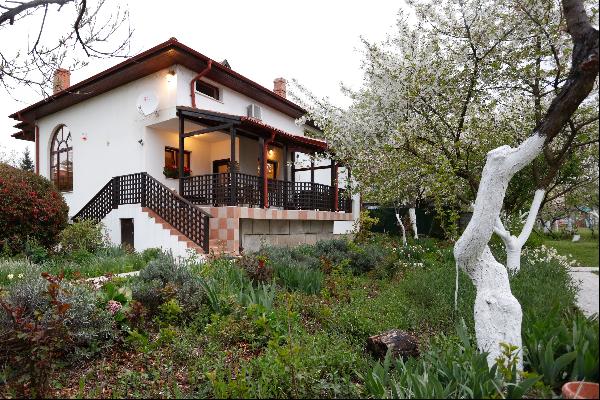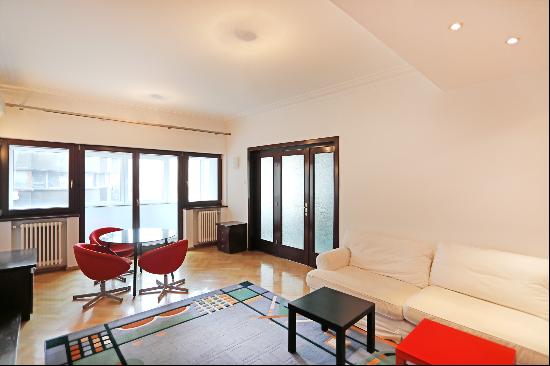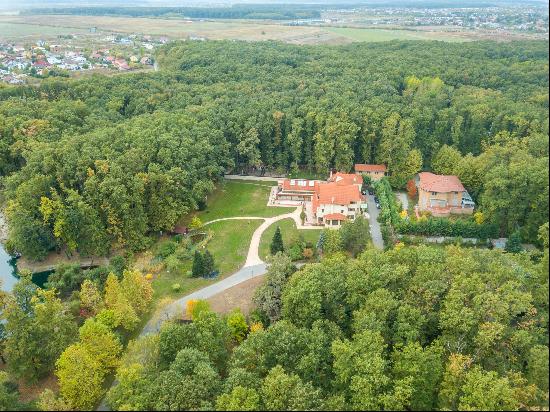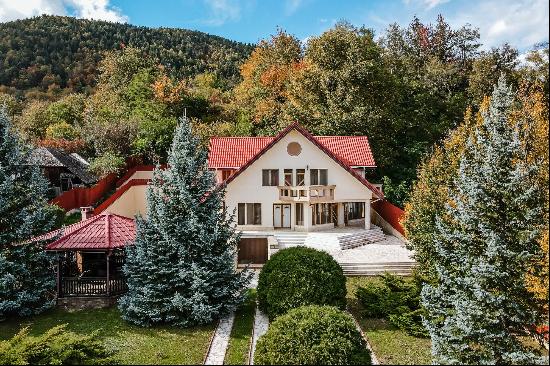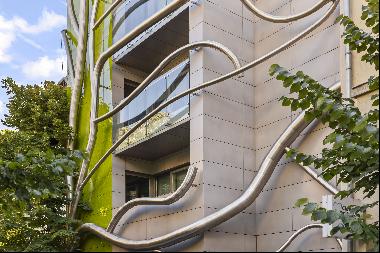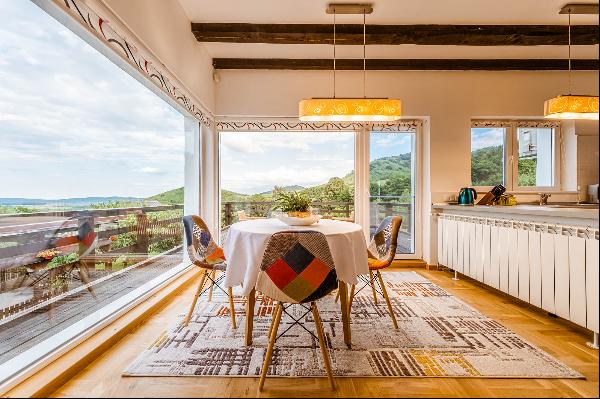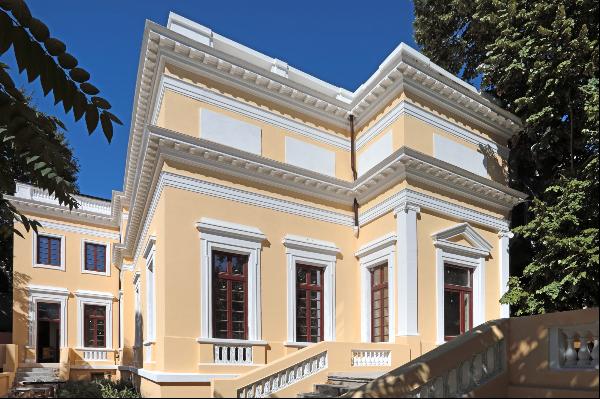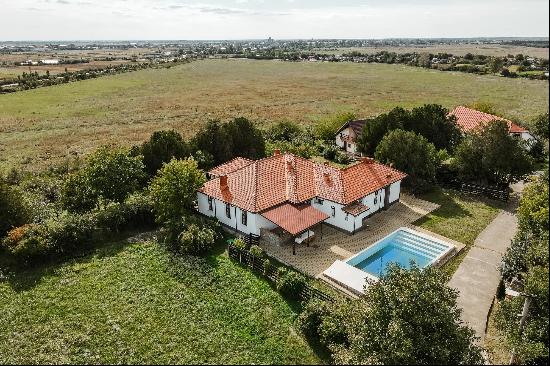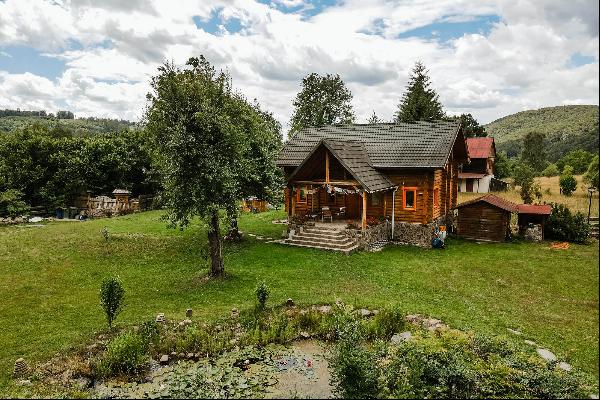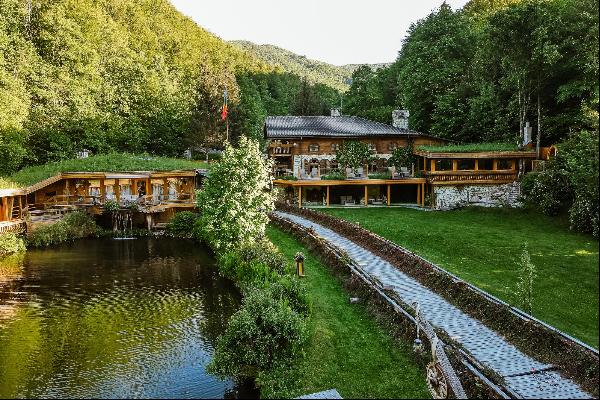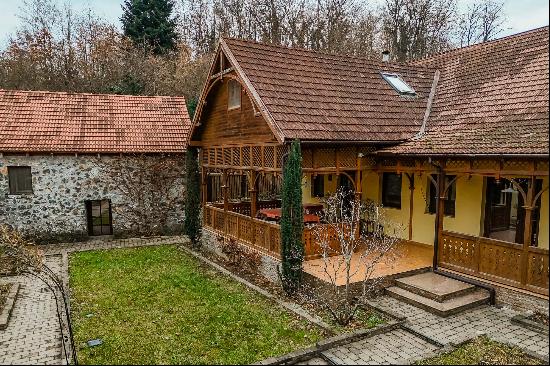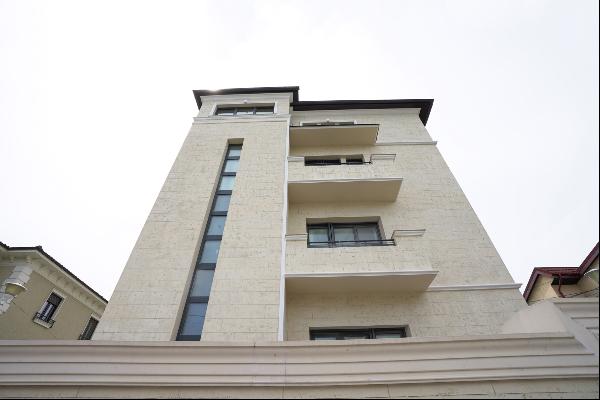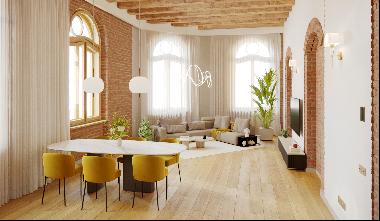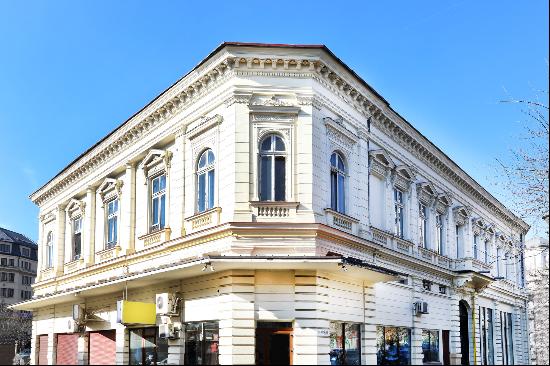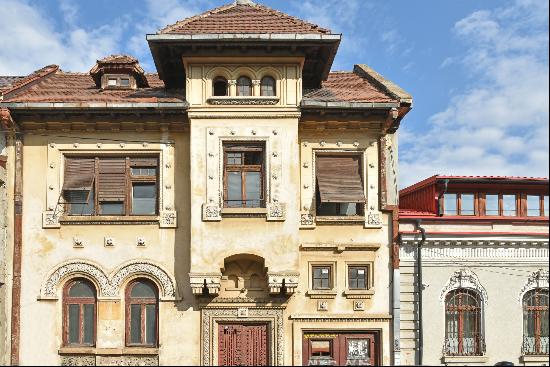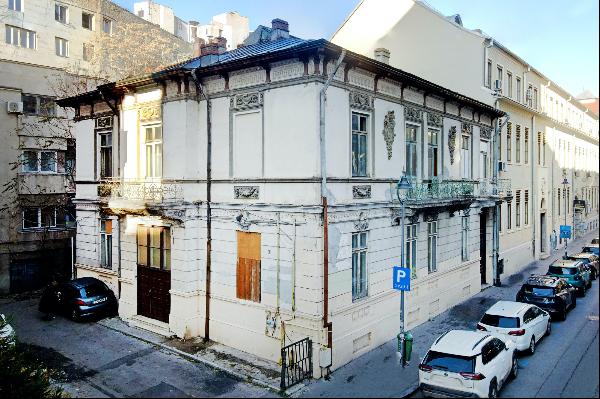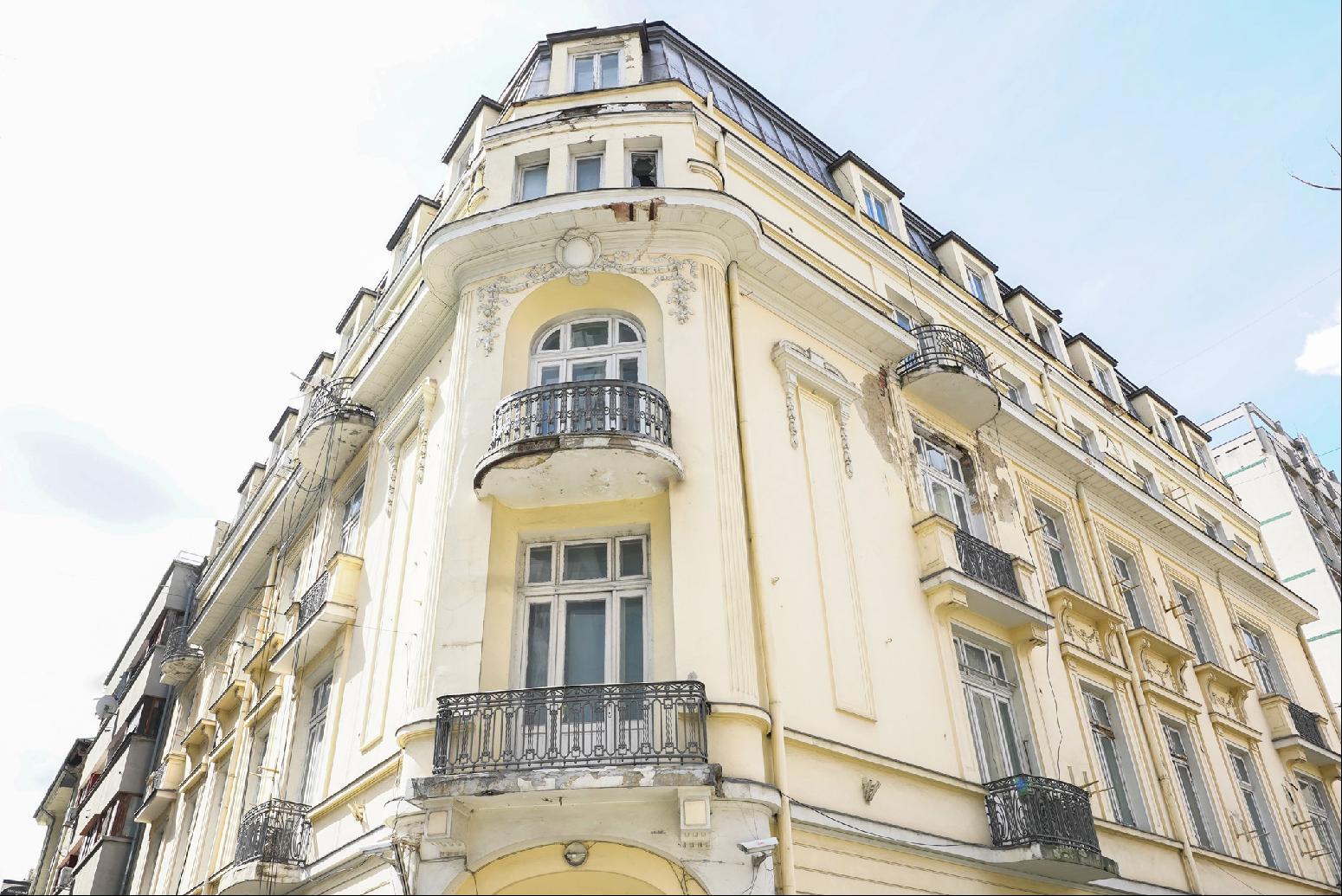
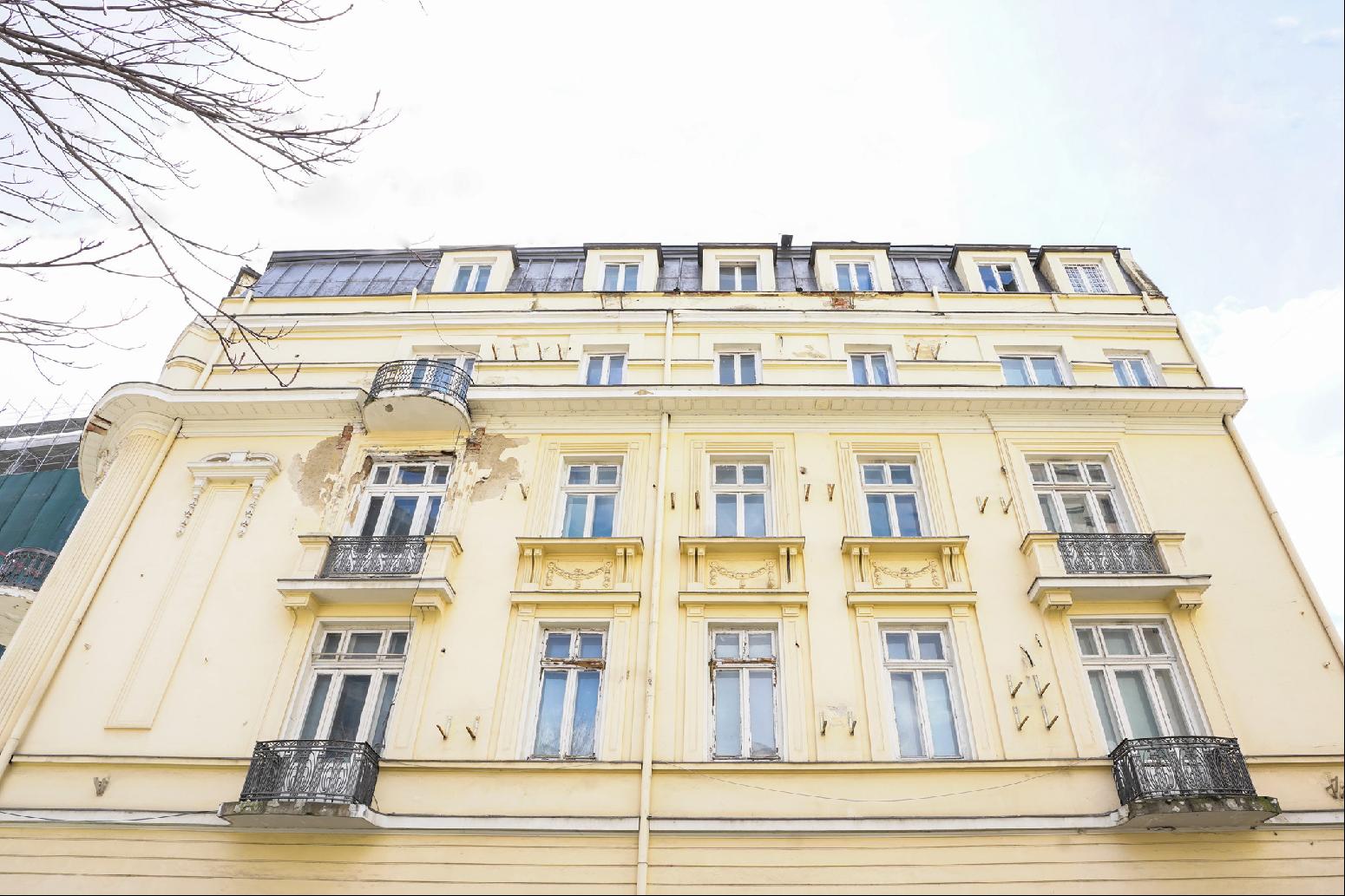
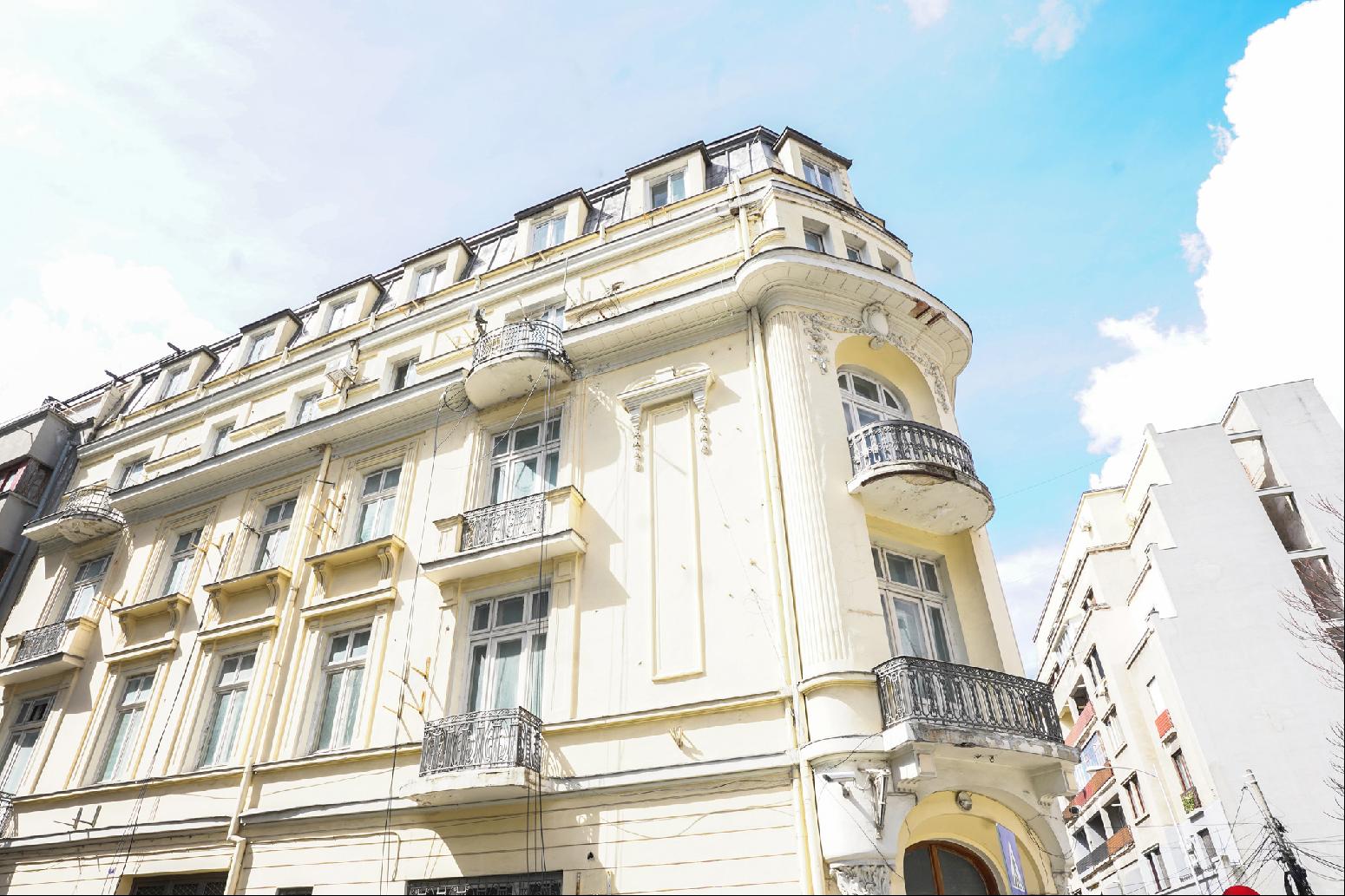
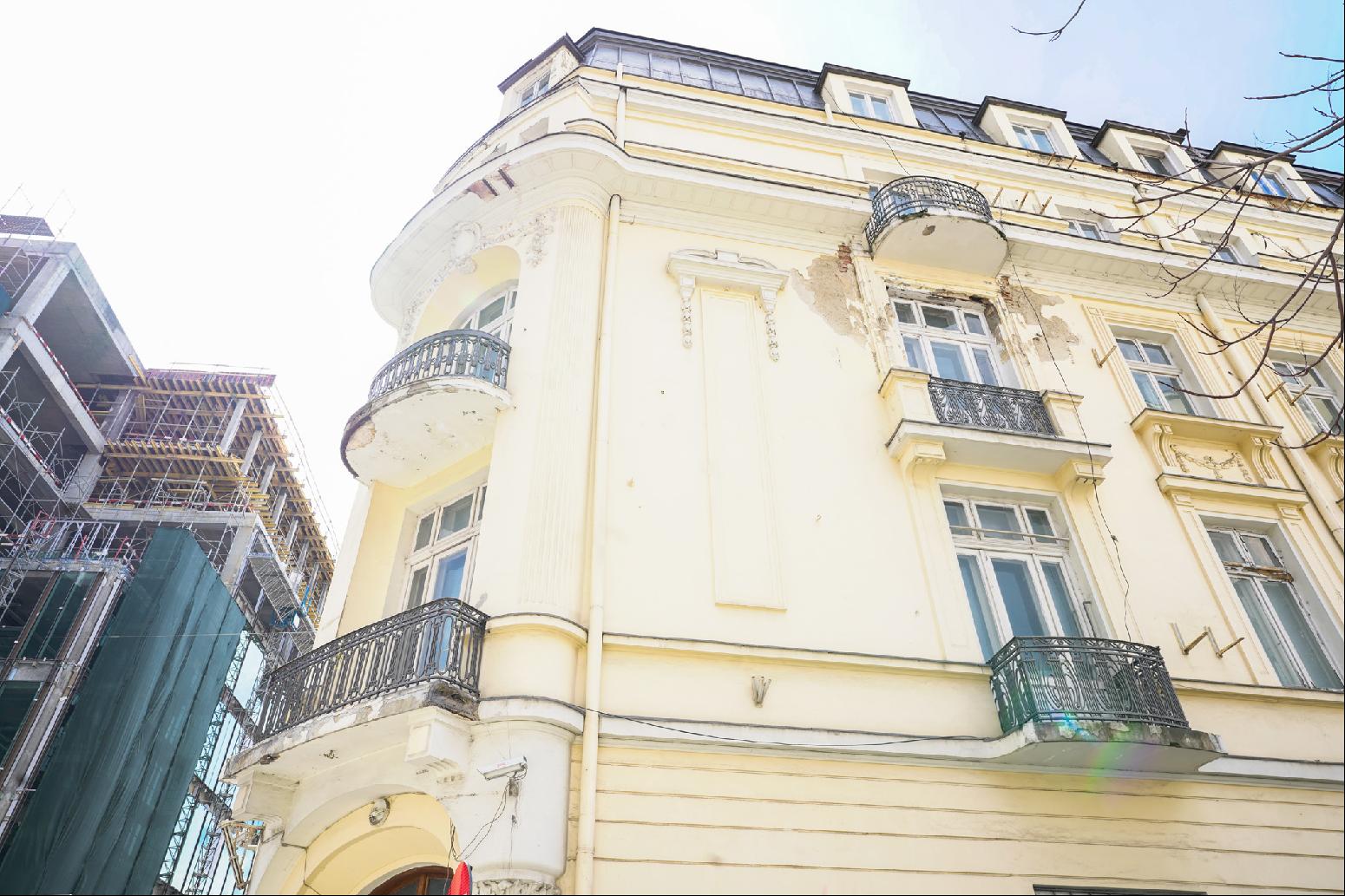
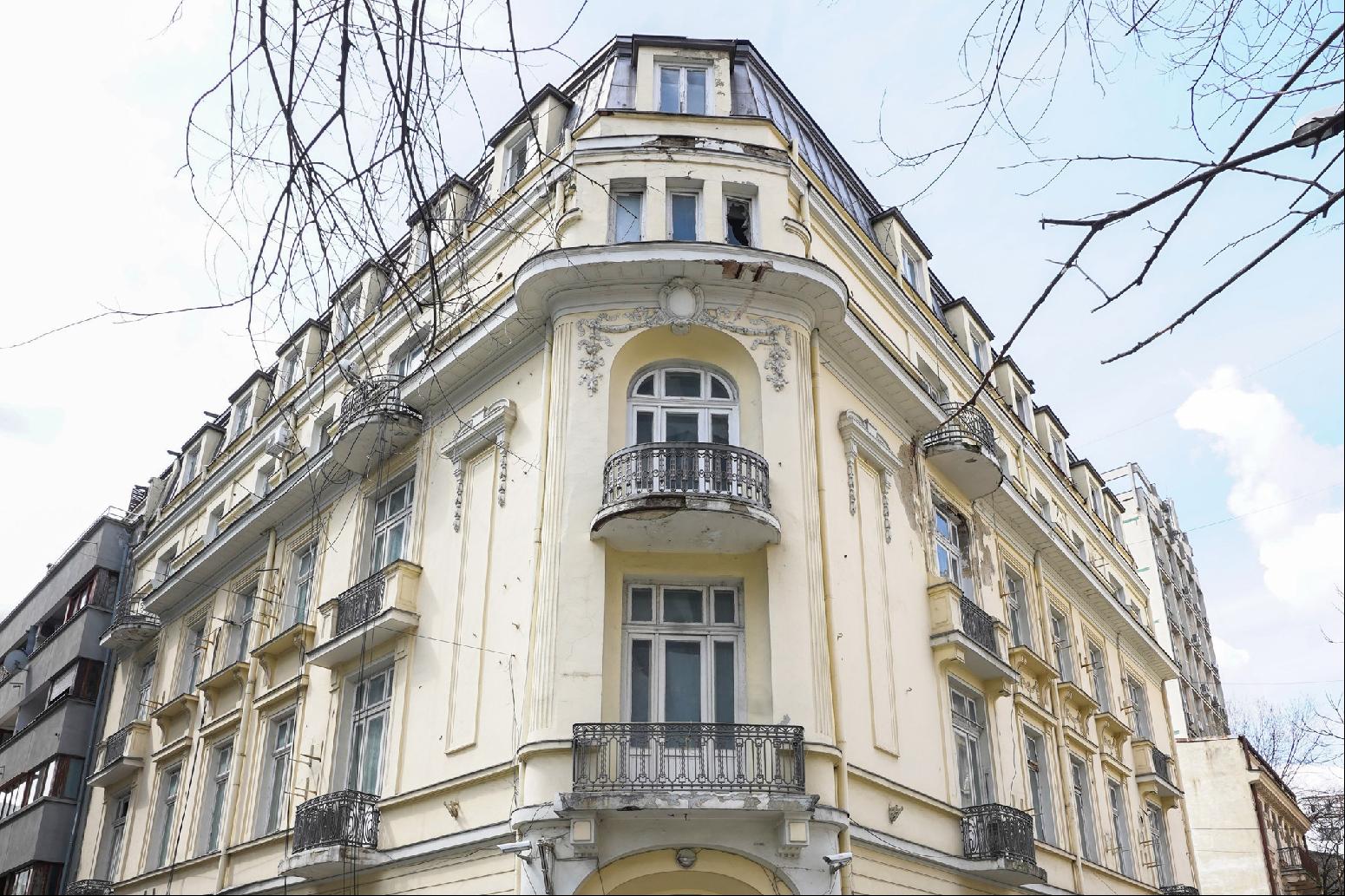
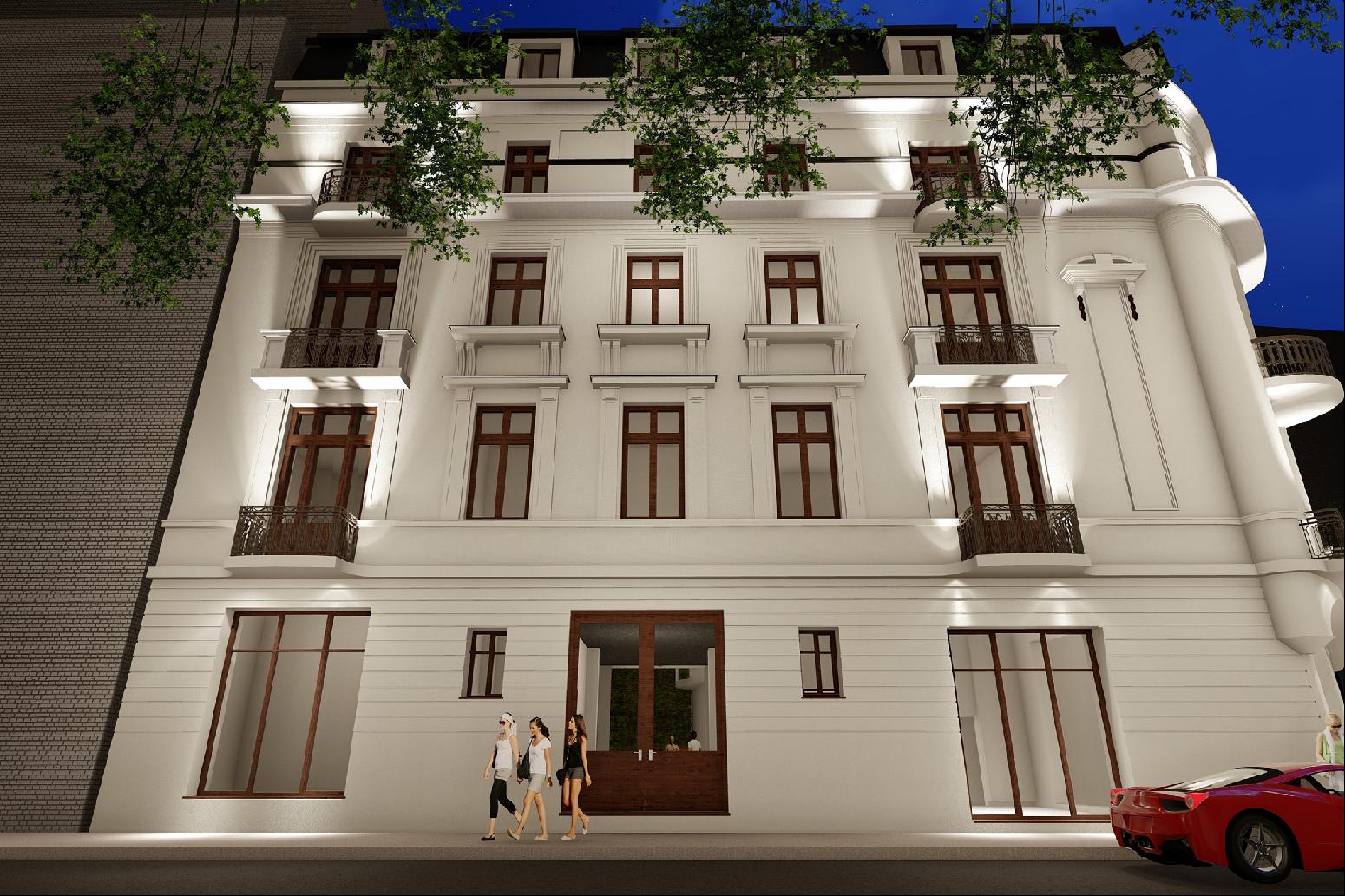
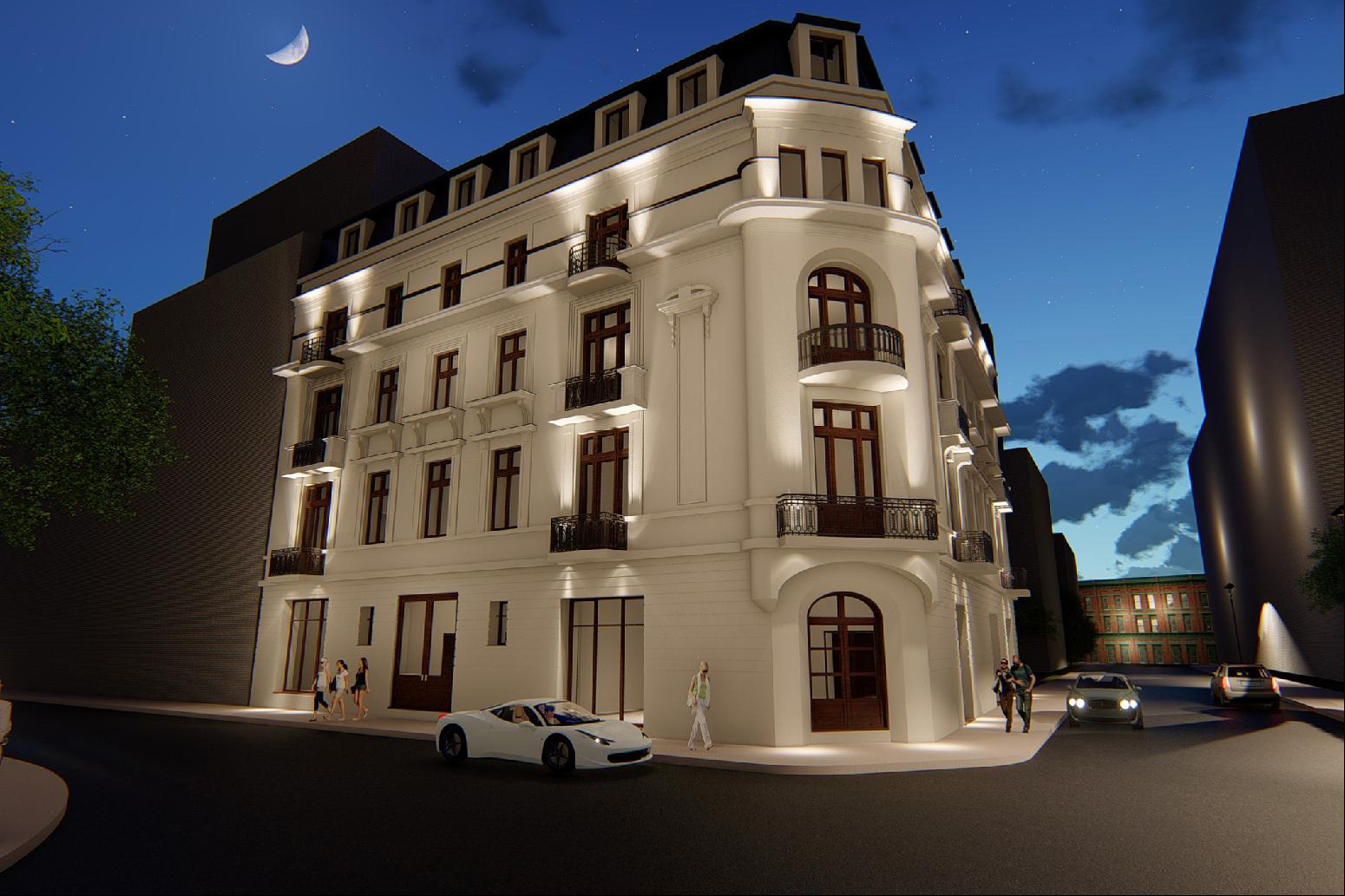
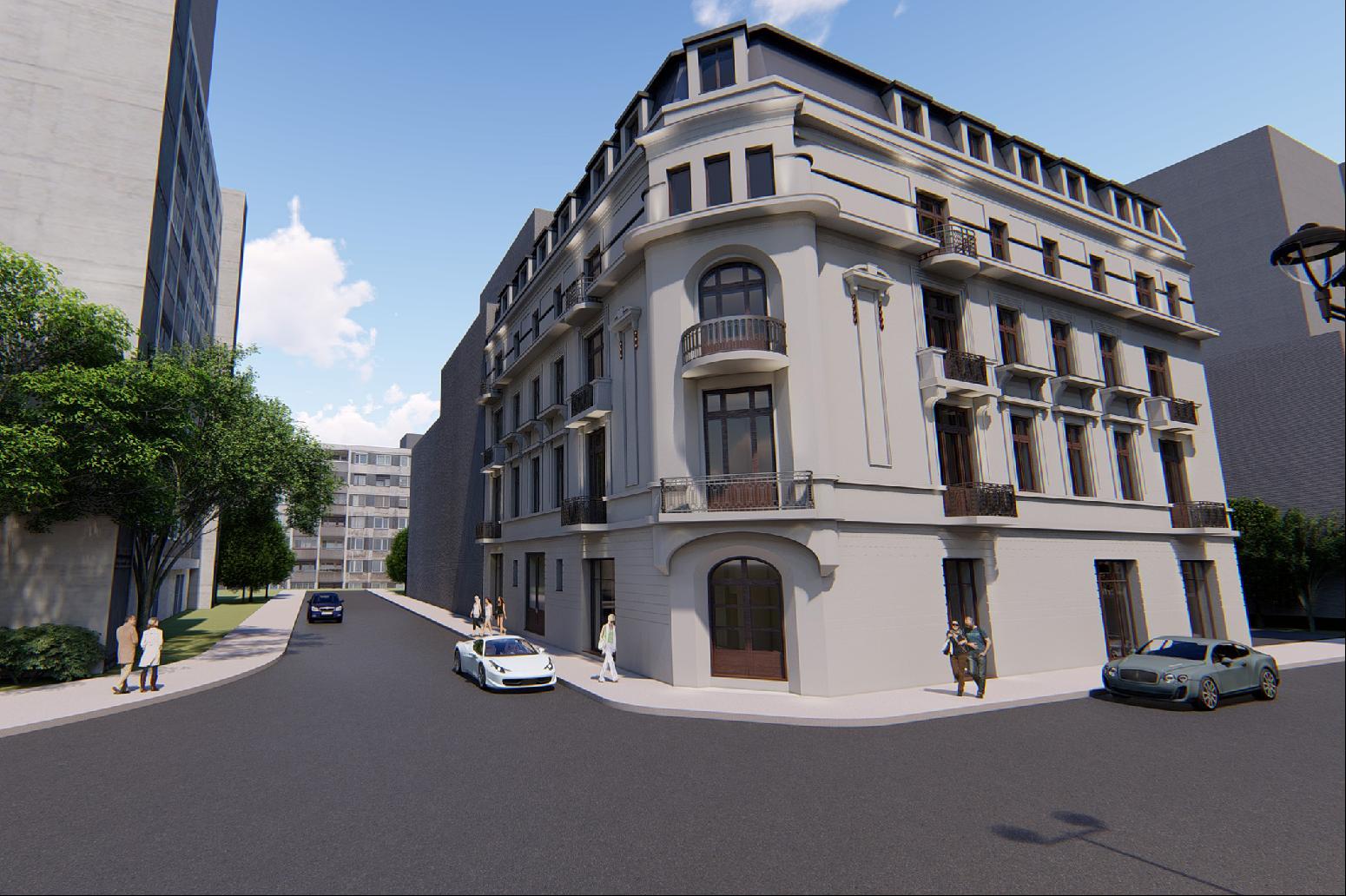
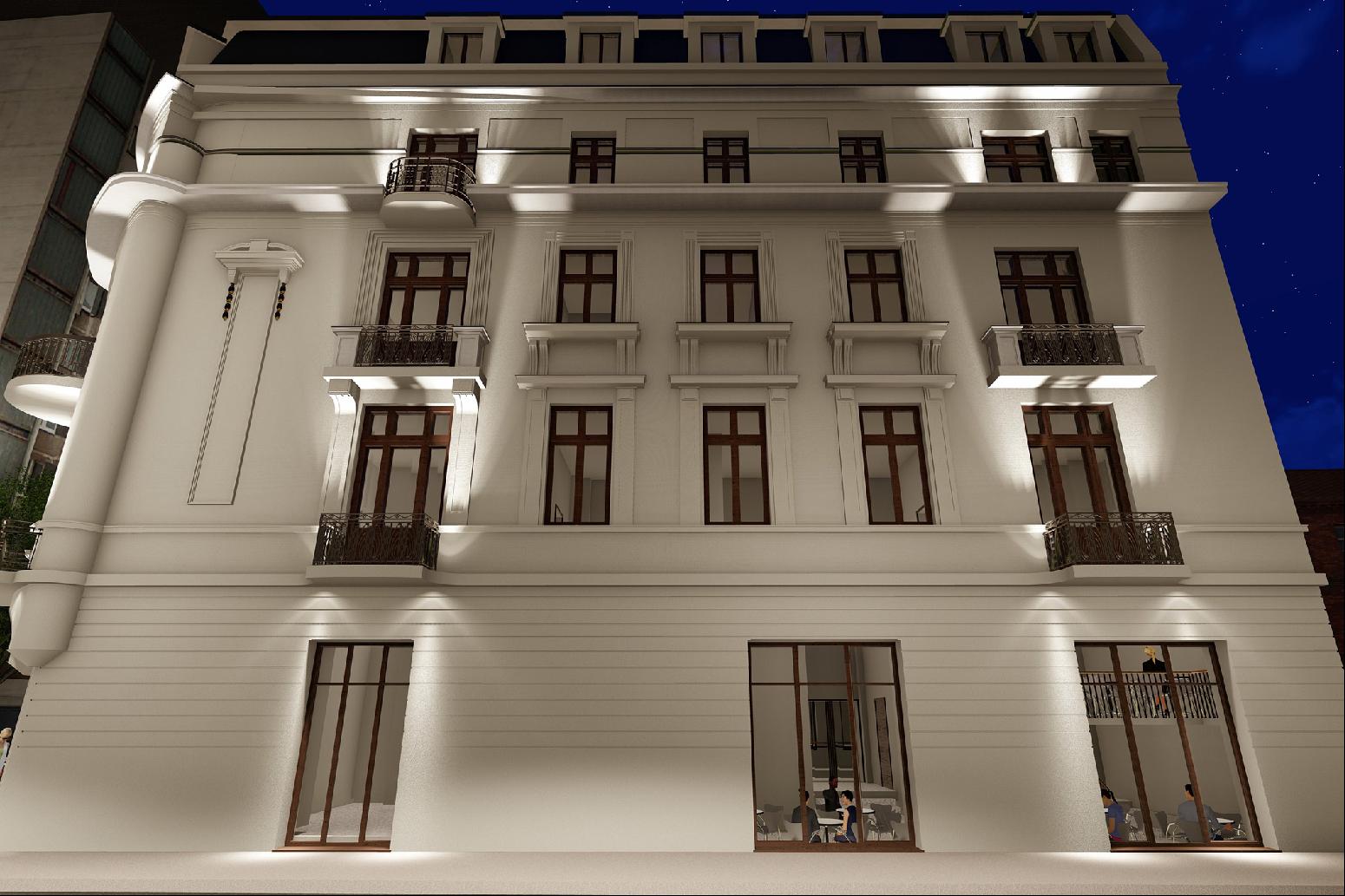
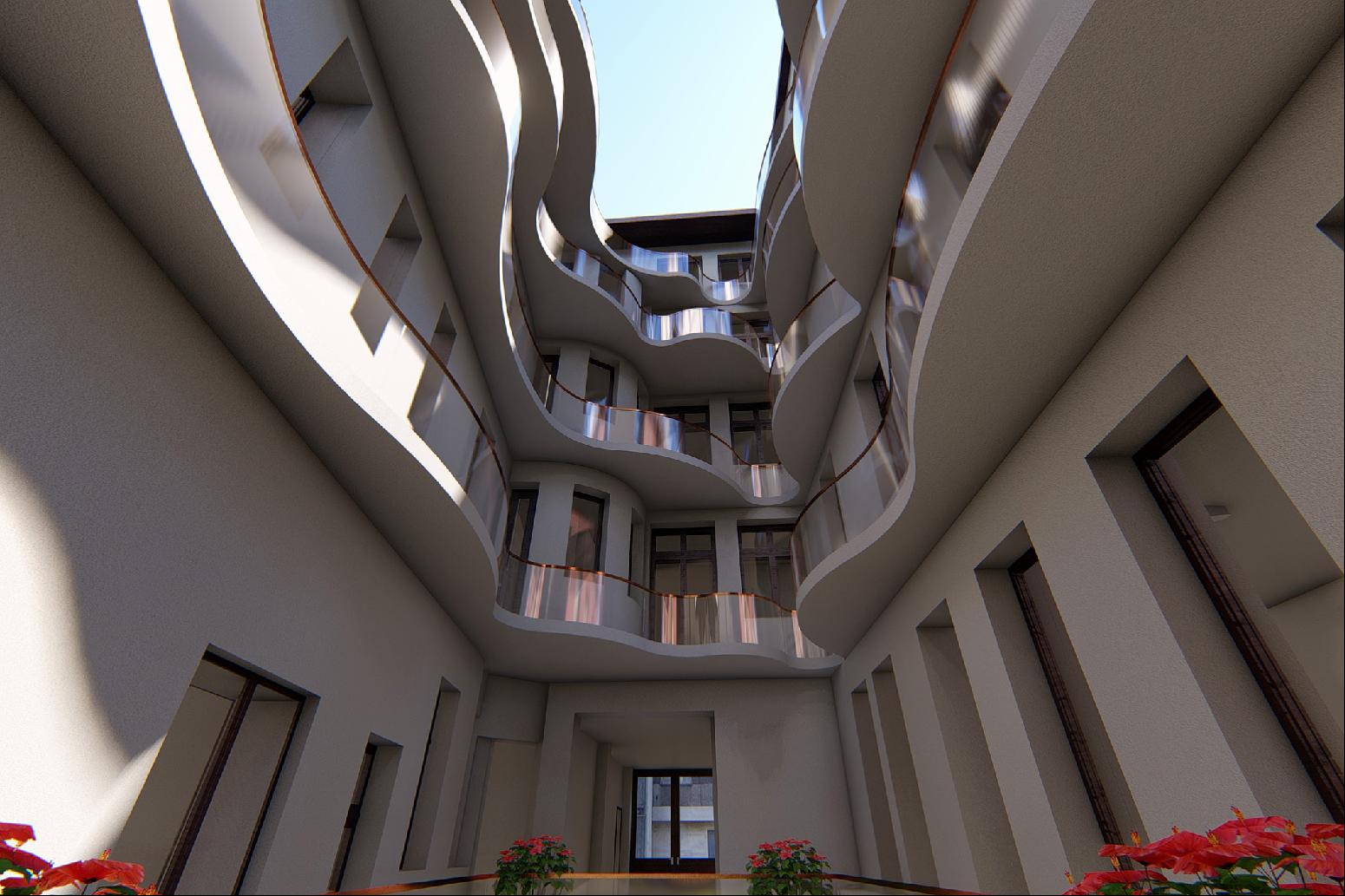
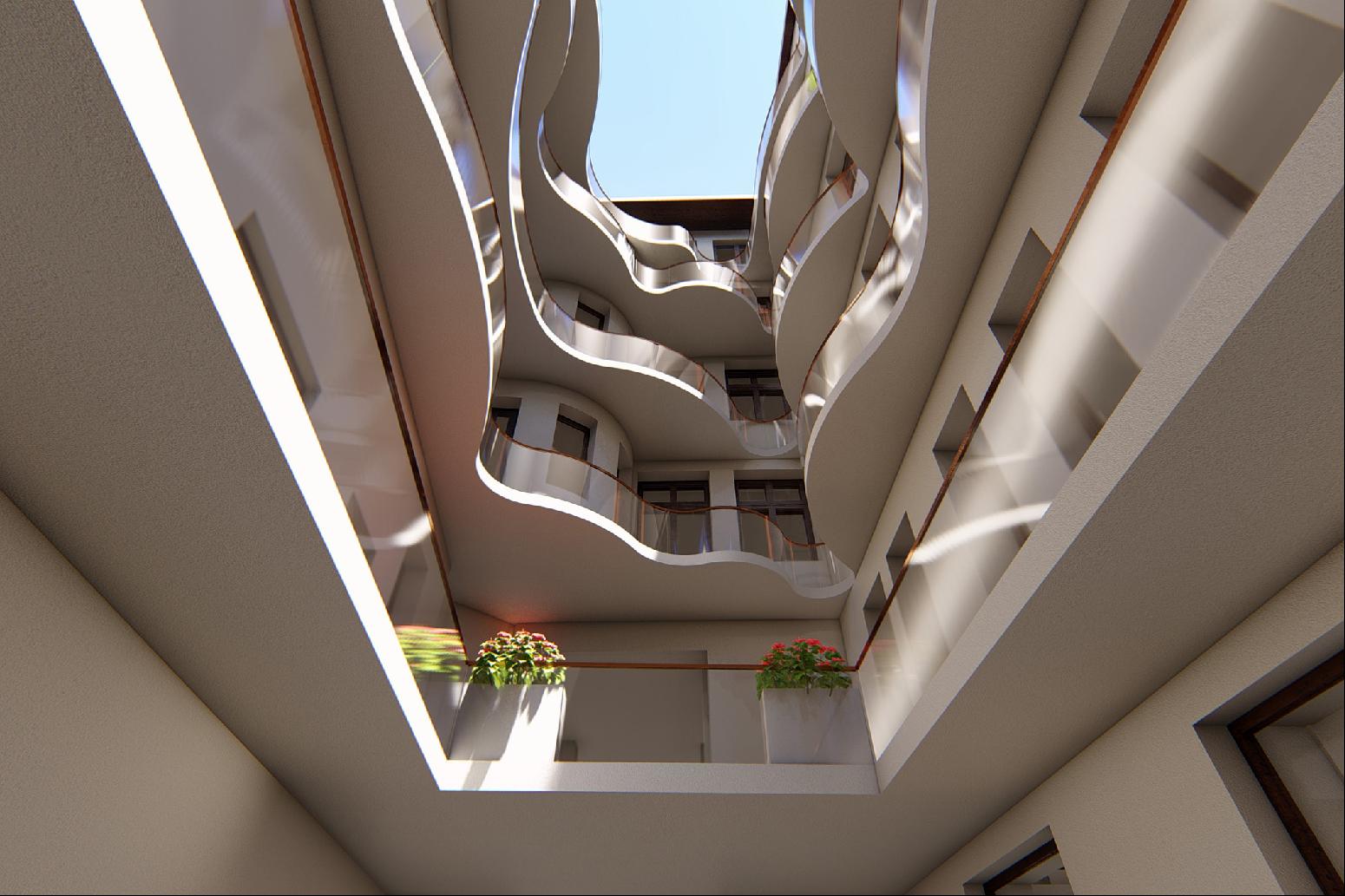
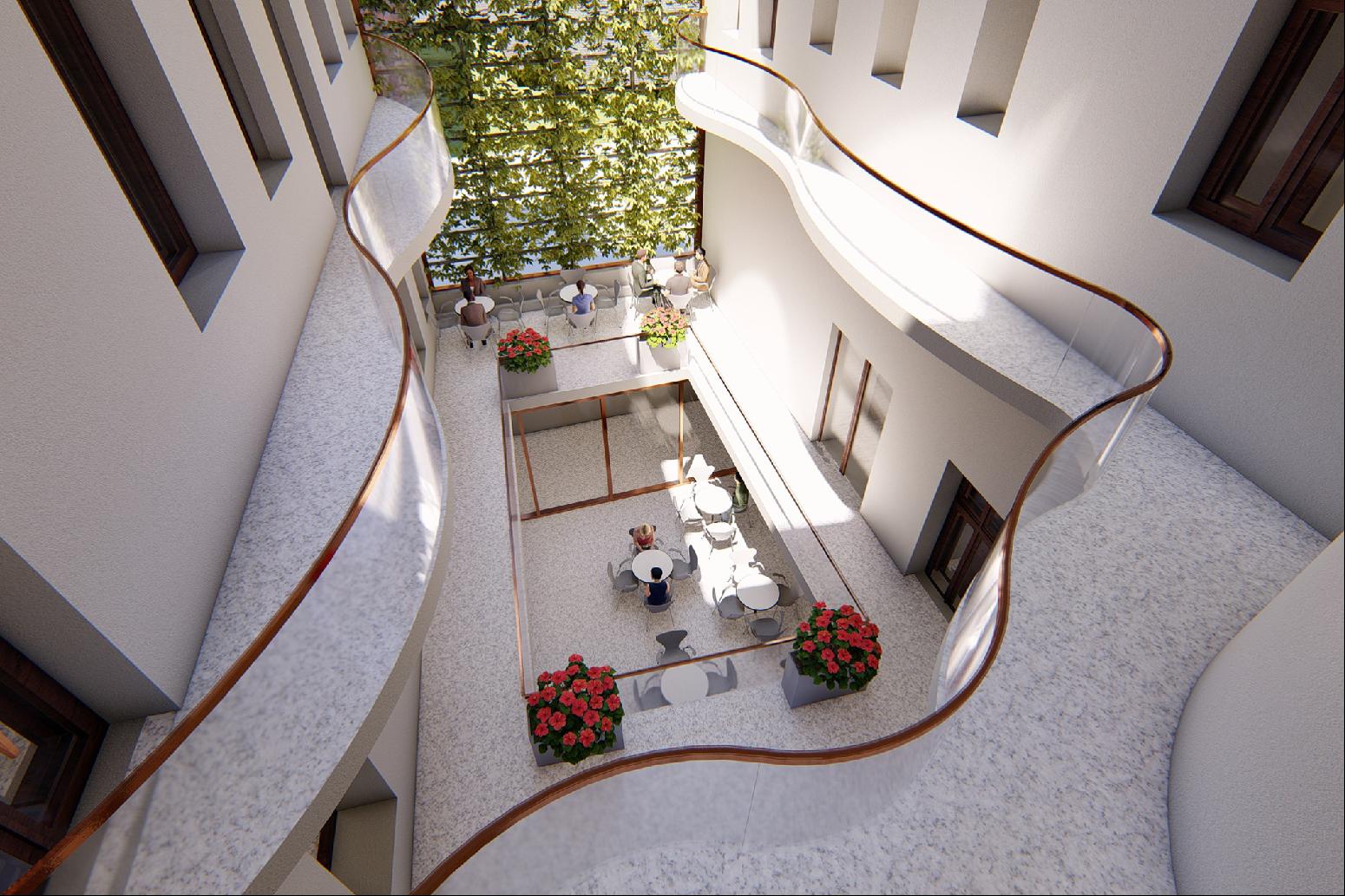
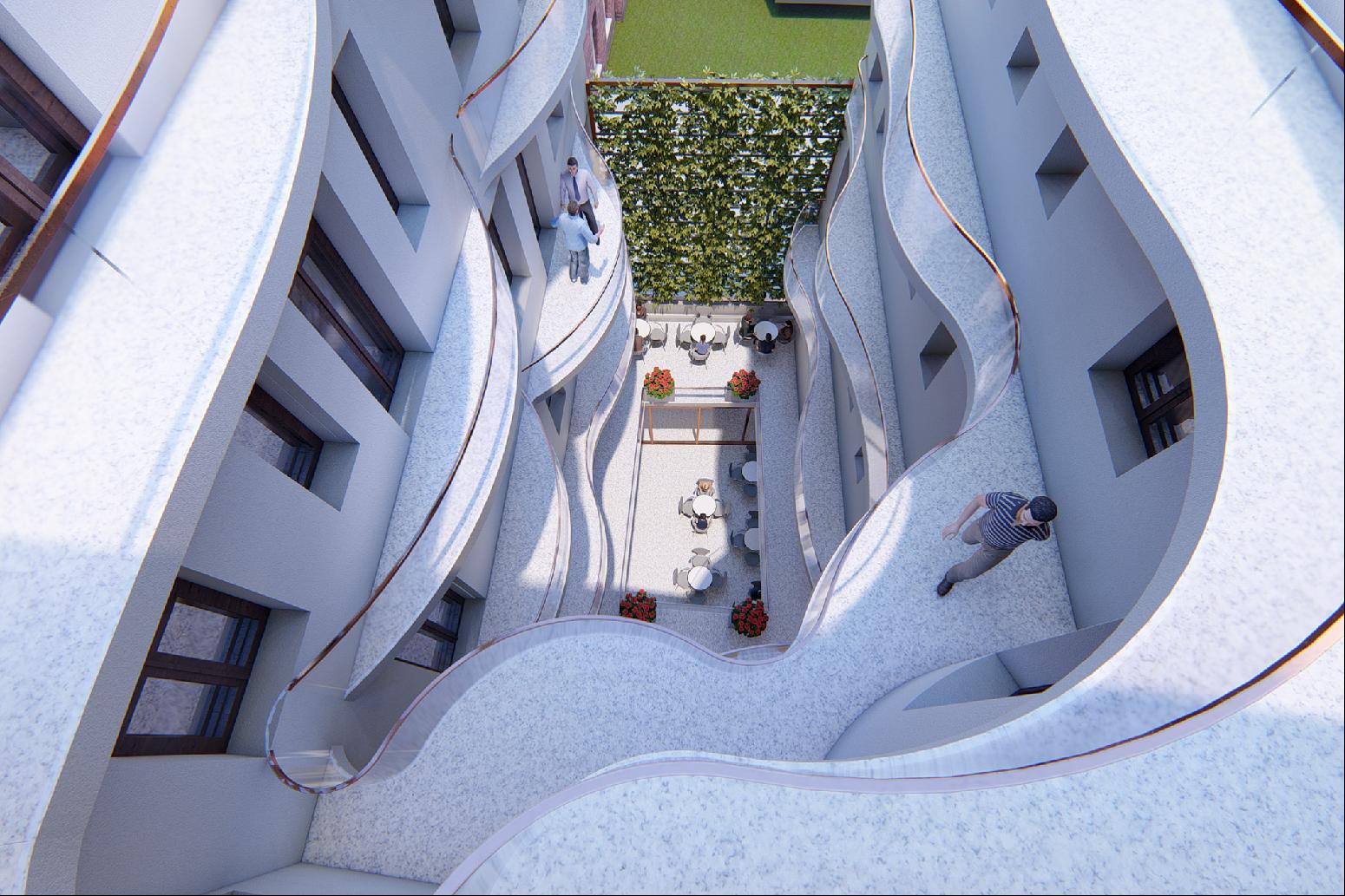
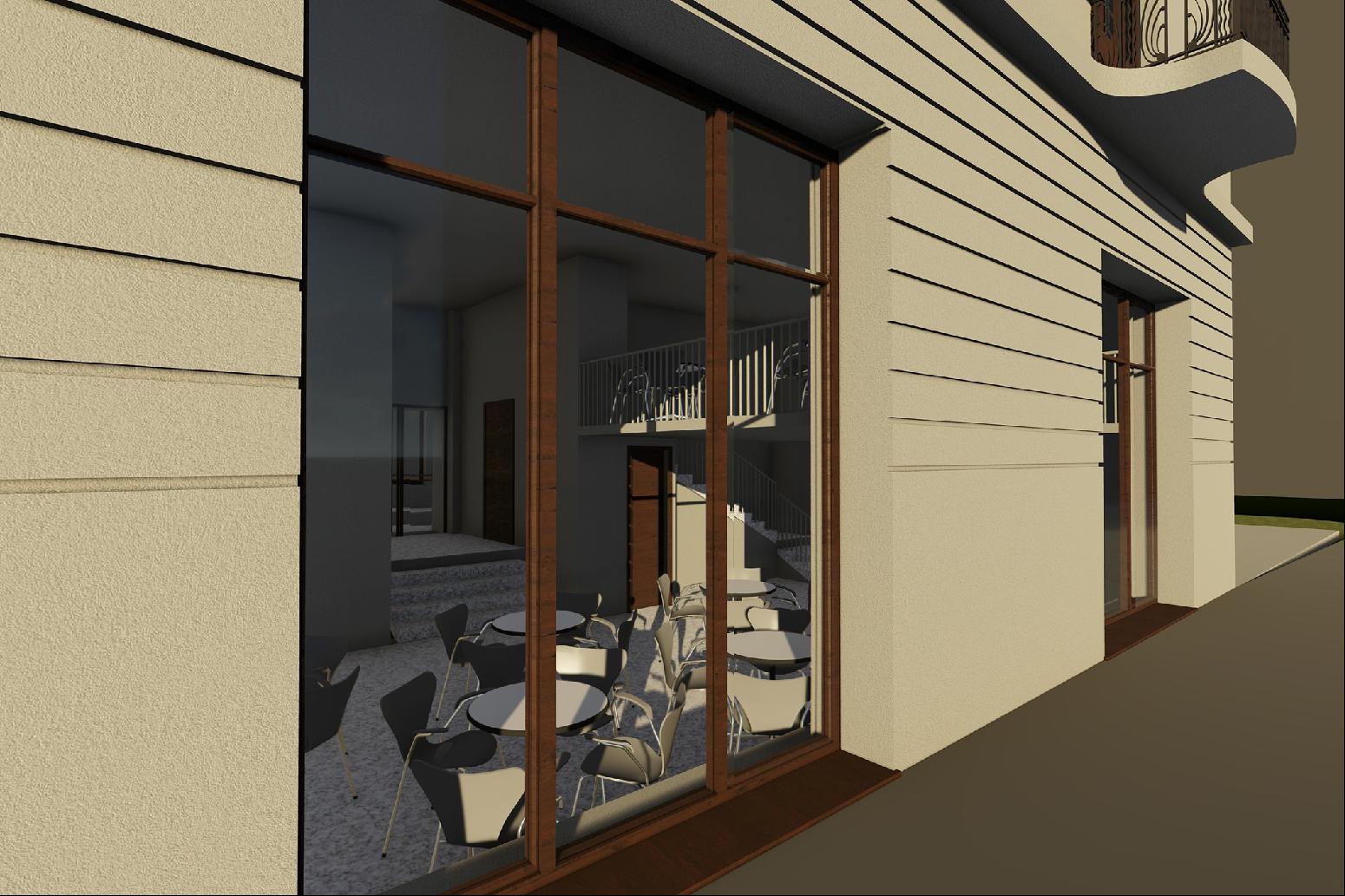
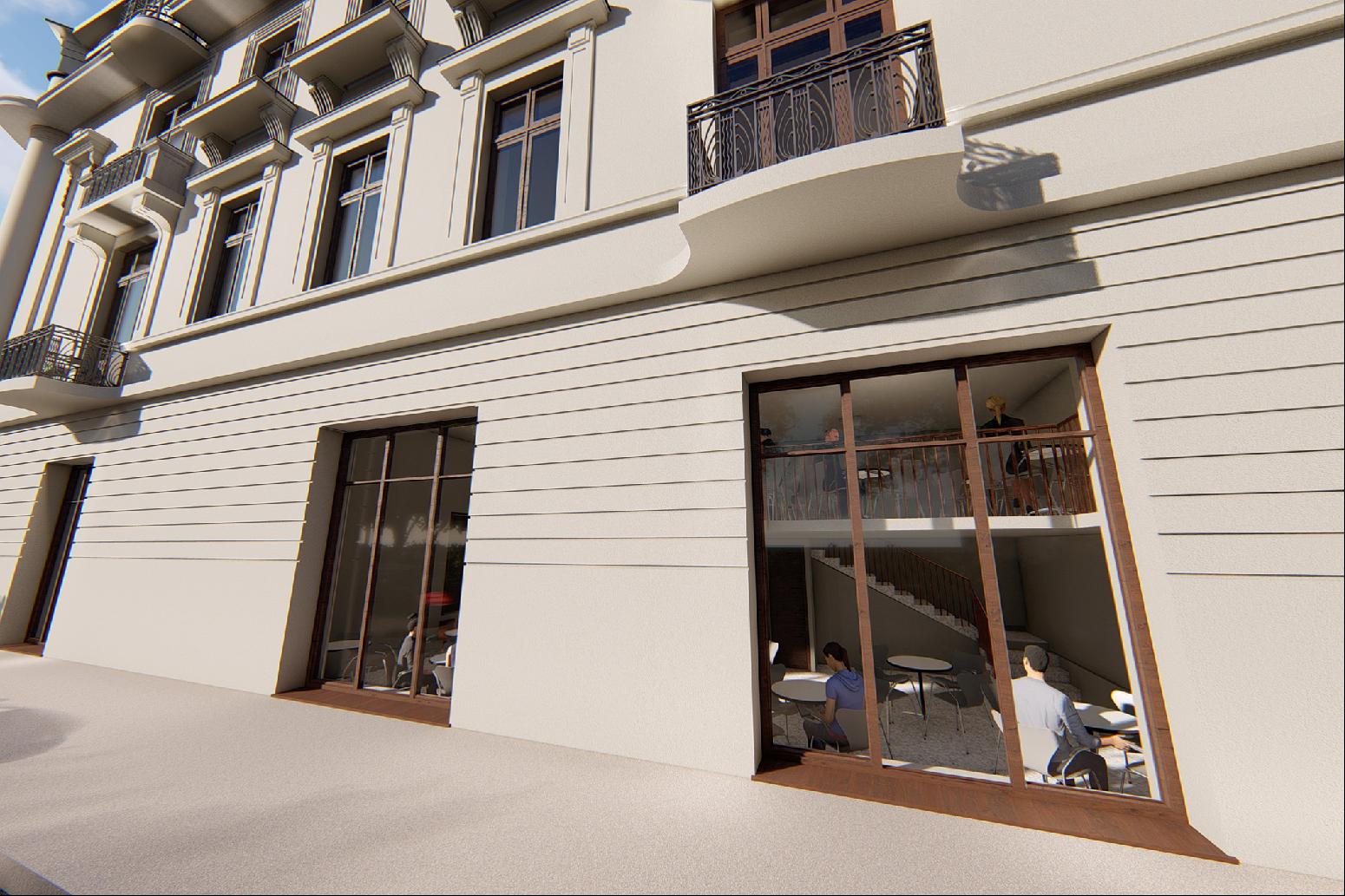
- For Sale
- Price Upon Request
- Build Size: 29,116 ft2
- Land Size: 5,564 ft2
- Property Type: Other Residential
- Property Style: Art Deco
- Bedroom: 63
Part of the vibrant district of the city since its building in 1923-1924, the palace holds the signature of the Architect Paul Smărăndescu, one of the most prolific architects of the XXth century in Romania. In about the same period with erecting the building at 7 Matei Millo Street, Paul Smărăndescu has planned other architectural monuments such as Palatul Societății Astra Română (Rosetti Square), Palatul Dacia România (Magheru Boulevard) or Palatul Societății Creditul Rural (Brătianu Boulevard/Doamnei Street). The intense activity of the area has lead to the development of this property as a real business center of those times. The area limited by Calea Victoriei, Regina Elisabeta Boulevard (as called today) and Cișmigiu Park included the offices of the most important press offices and printing houses in the country, such as Adevărul or Universul. The latter has established its headquarters into another impressive building signed by Arch. Paul Smărăndescu at 23 Brezoianu St.. In the same time, the importance of the district has driven the erecting of the Palatul Telefoanelor, 1931-1933, being the first major modernist building in town, only few steps away from 7 Matei Millo St. The '30 years represented a consolidation period for the notoriety of the building from 7 Matei Millo St. as a true business center with occupants such as the Letea Paper Factory, an advertising agency (Rador Orient Radio), a tiles factory (Salzberg&Gronen), the Brătianu Wines, the Bukarest Post Newspaper, as well as the offices of various free lancers such as engineers and doctors. Although along time the area has changes its occupants, still, the location in the heart of Bucharest has allowed it to maintain its attractivity over years. Universul Palace has been consolidated and became a hub with tenants from various creative industries. In the next vicinity, on the former address of the National Theather, a successful hotel concept has been implemented - Novotel, and 2021 will mark the delivery of two important buildings on the offices market - Matei Millo and Tandem. Currently, the former Palace of Letea Factory has a versatile character so that the 2,700 sqm could be converted into residential spaces for the urban lifestyle aficionados, into offices for those that would like to remain connected to the city life, or could be turned into a hotel. The space layout, as well as the access allow various partition solutions and use of the space. There is already a project prepared that comes along with the relevant valid building permit.



